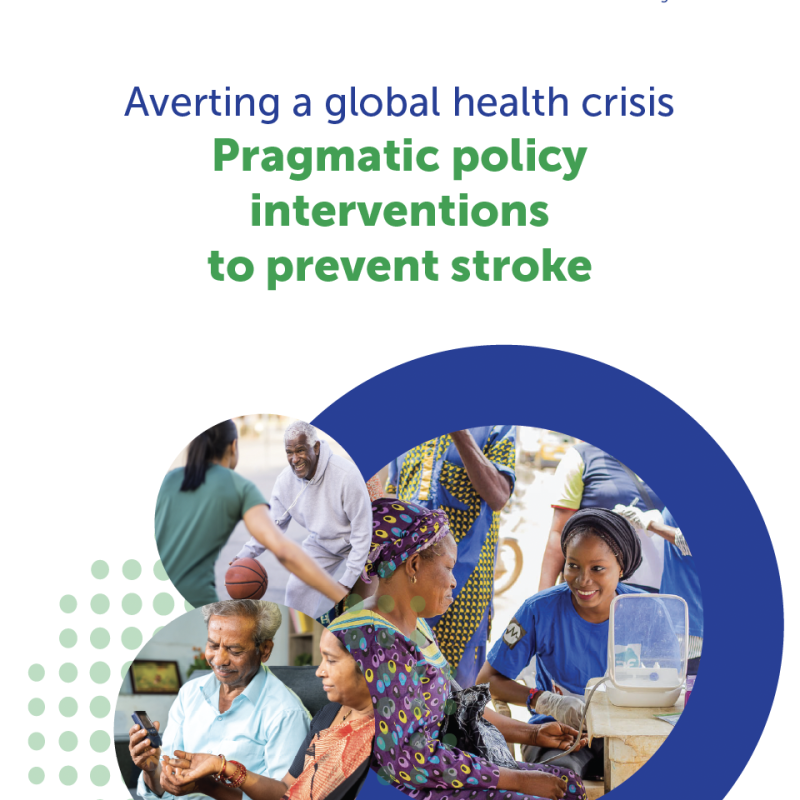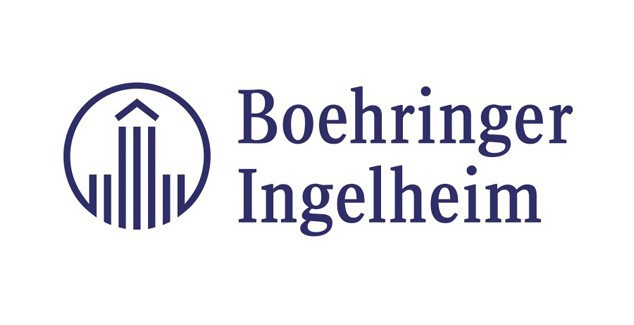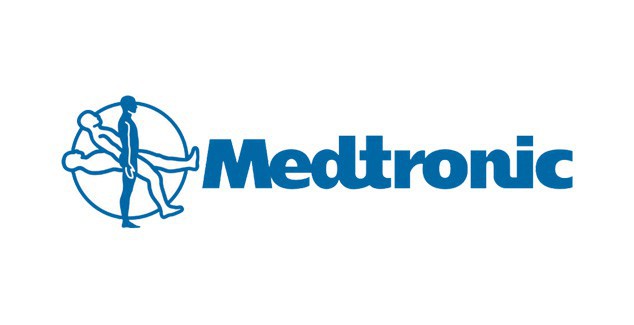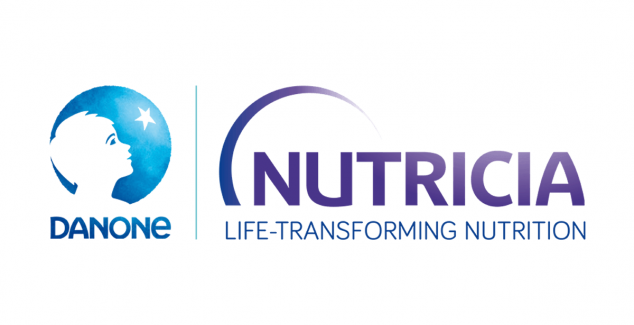Averting a global health crisis
Pragmatic policy interventions to prevent stroke
Pragmatic policy interventions to prevent stroke
This policy brief draws on the latest data on stroke incidence, risks and economic impact projections to set out a series of pragmatic policy interventions to prevent stroke globally.
This policy brief outlines key challenges and opportunities to reduce the global burden of stroke through evidence-based interventions at policy and healthcare system level. drawing on WHO NCD Policy Best Buys and the World Stroke Organization–Lancet Neurology Commission ‘Pragmatic solutions to reduce the global burden of
stroke’.

As the second leading cause of death and third leading cause of combineed death and disability globally, action on stroke prevention is pivotal to progress on health and development goals. This policy brief sets out key interventions for governments and healthcare systems to address population and individual risk factors for stroke, including specific interventions to reduce the risk of secondary strokes.
 Corporate Supporters
Corporate Supporters
 Corporate Supporters
Corporate Supporters
 Platinum Plus
Platinum Plus
 Platinum Plus
Platinum Plus
 Silver
Silver
 Silver
Silver
 Silver
Silver
 Silver
Silver
 Silver
Silver
 Bronze
Bronze
 Bronze
Bronze
 Bronze
Bronze
 Bronze
Bronze